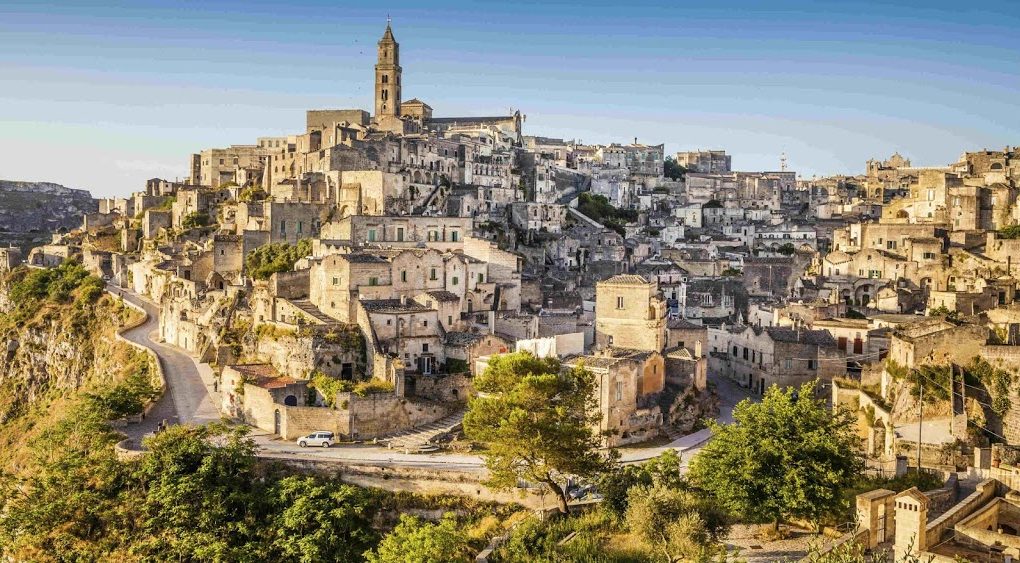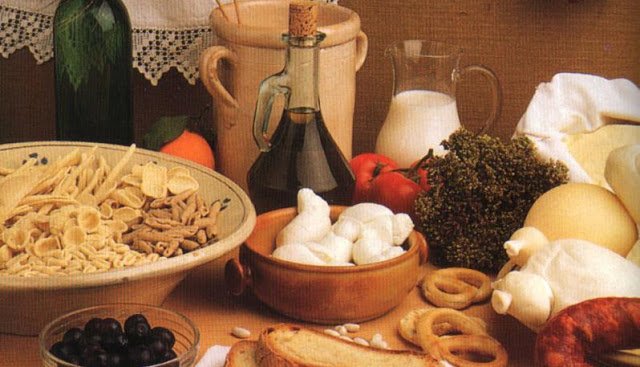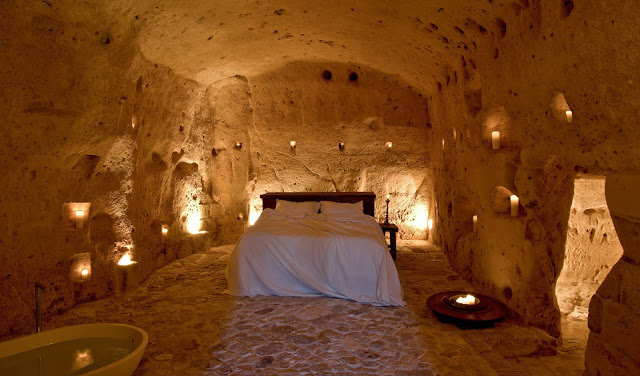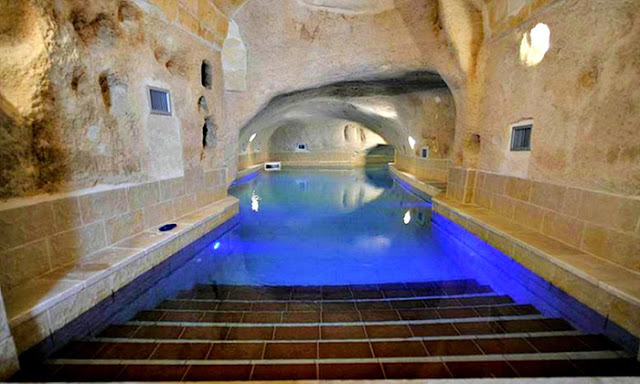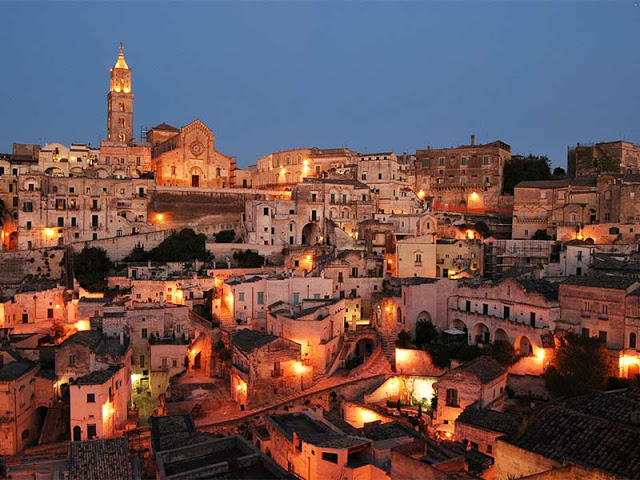Matera: the Must-See Miracle of Southern Italy
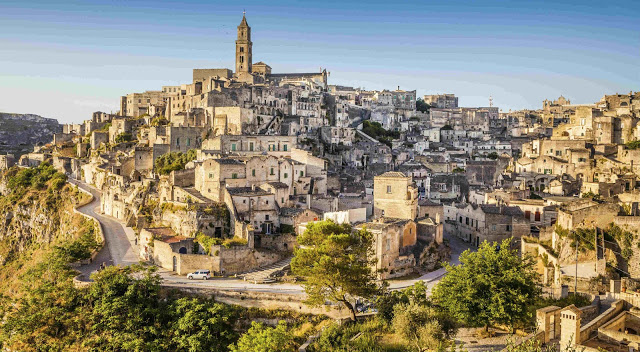 |
| Overview Of Matera |
The ancient city of Matera sits perched above the instep of the Italian boot, in the eastern extremities of the region of Basilicata. It’s a city quite unlike any other in Italy, not so much because hilltop settlements are thin on the ground—so to speak—across the country. What makes Matera so utterly unique instead, and marks it out as one of the southern Italian cities you really should see, are its historic—or rather prehistoric—quarters: the sassi.
Literally meaning “the rocks”, Matera’s sassi offer the best example of troglodyte or “cave-dwelling” existence anywhere in the Mediterranean. People have lived in these rupestrian dwellings more or less constantly since around 15,000 B.C. during the Palaeolithic. This makes Matera one of the world’s oldest continuously settled cities, along with Petra, Byblos and—until recently—Aleppo.
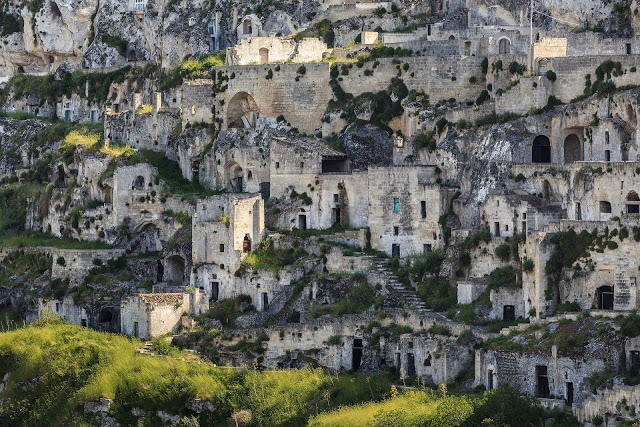 |
| Matera Ruins |
Matera’s sassi are almost skeletal in appearance. Bleached bone white, the pockmarked walls of their houses stand out conspicuously against the shade of their sunken entrances. There’s no semblance of order to them either; hewn like honeycombs at random into the ravine, they give the impression of a city that’s crumbling. As little as fifty years ago, this impression would have been right.
Modern Matera is a far cry from the city of the past. Through their renovation, the sassi—once la vergogna nazionale, “the shame of Italy”—have been stepping-stones to the city’s success. Testament to the scale of Matera’s revival is that it’s been designated the 2019 European Capital of Culturealong with Plovdiv, Bulgaria—another settlement with Bronze Age roots.
The “city of the sassi” should be an essential stop on anybody’s Italian itinerary. And there’s no time like the present—because Matera’s renaissance has been so recent, it’s one of the few southern cities that can still be considered one of Italy’s undiscovered hidden gems. Let us at Roman Candle Tours take you through some of the history, culture, and things not to miss on your visit to Matera.
A brief history of Matera
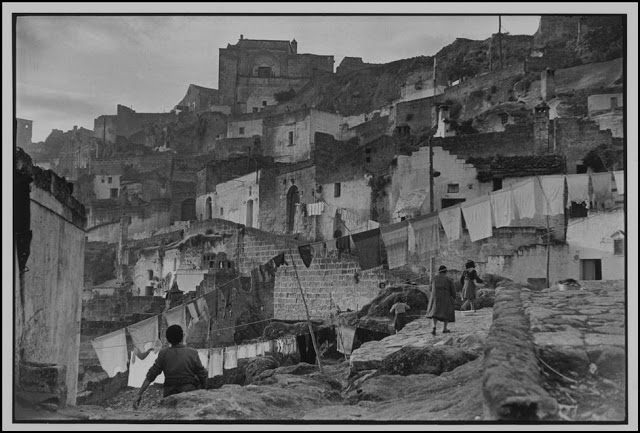 |
| Old Picture Of Matera |
Ask any local about the history of their city, and you may get the reply, “Man came here and never left.” As concise as it is true, it encapsulates the phenomenal fact that Matera has been a busy settlement since the Bronze Age, successively populated by the Greeks, Romans, Byzantines, Saracens, Angevins, Argonese and Bourbons, just to name a few. Each civilisation has left its mark on the city. None, however, ever managed to drag Matera out of its quasi-medieval way of life.
Long passed over as a charming relic of antiquity, the city’s decay—and the squalid conditions of its inhabitants—was only publically brought to light in the 1940s, by the artist and author Carlo Levi. Exiled by Benito Mussolini, he travelled around the south, graphically recording his experiences in his memoir “Christ Stopped at Eboli”. What he saw in Matera shocked him: Children naked or in rags, living in insufferable conditions amongst rampant malaria and dysentery. “I have never”, he would later reflect, “seen in my life such a picture of poverty.”
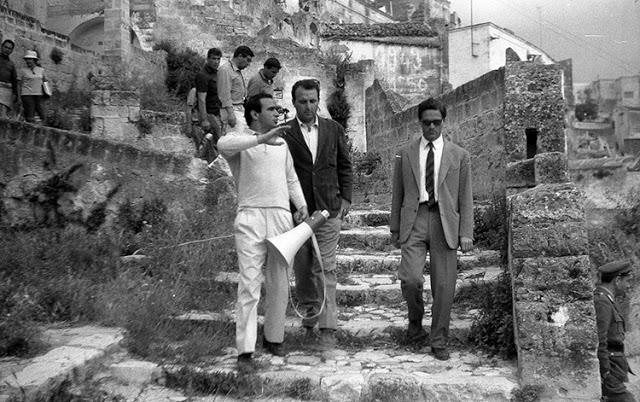 |
| Carlo Levi In Matera |
Levi’s exposé propelled Matera into national headlines as la vergogna d’Italia, “the shame of Italy”. This simply wouldn’t do, especially in the post-war years when national pride was in short supply anyway. It prompted swift governmental action. And in 1952, after the prime minister’s visit to the city, Matera’s 16,000 troglodyte inhabitants were forcibly evacuated to new, more sanitary accommodation in the modern town above. The sassi, for the first time in millennia, were left abandoned.
But you know what they say about the best-laid plans… In reality the relocation effort ended up isolating families who for years had coexisted in extremely close quarters, often under one roof. What’s more, it cast a humiliating shadow of failure over the sassi, despite the fact they had thrived for thousands of years. Meanwhile the sassi themselves lay derelict but not uninhabited, attracting gangs, criminals—anyone in need of a place to hide where nowhere would come looking for them.
Where the older generation saw failure and humiliation, the younger saw opportunity and potential. In 1986, they forced the first of a series of laws allowing for the sassi’s redevelopment. Squalid settlements gradually gave way to profitable (and architecturally unique) accommodation, shops, cafés, and restaurants. This was the beginning of Matera’s on-going renaissance.
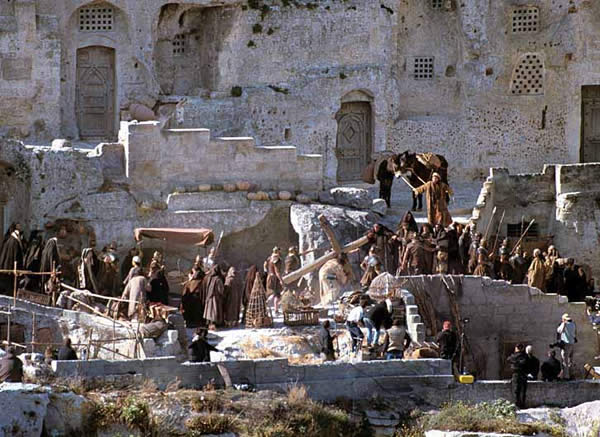
In 1993, UNESCO added Matera’s sassi and the troglodyte settlements in the surrounding area to its list of world heritage sites—quite the turnaround for what less than 50 years previously had been “the national shame”. Since then Matera’s aesthetic charm has become world-famous, attracting both tourists and filmmakers in growing numbers. It’s been the setting for such films as Mel Gibson’s “The Passion of the Christ”—particularly apt given the city’s own dramatic story of resurrection—and the 2016 remake of “Ben Hur”.
In what’s set to be a successful initiative to attract tech companies and businesses to the area, Matera is now one of only five Italian cities rolling out its own 5G mobile network. Securing the European Capital of Culture for 2019 can only help too in putting Matera not just on the European map but also on the global map. But regardless of whether it does, Matera has already earned its spurs on the world stage—as the city that’s changed most dramatically over the course of the last half-century.
Things to do in Matera
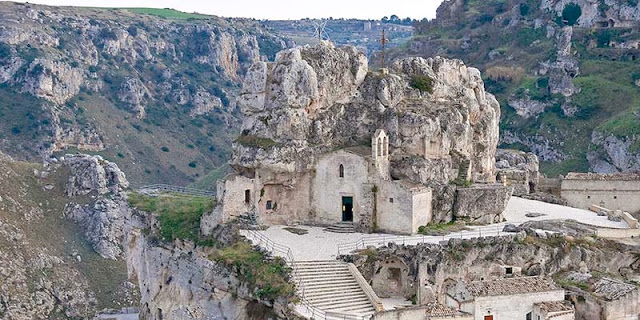 |
| La chiesa di Santa Maria di Idris |
Before we begin, a quick caveat: Any trip to Matera will involve a lot of walking, and as the city is hilly, hot—especially in the summer—and completely out in the open, you’ll want to make sure sure you pack sensible shoes and plenty of water. This is especially the case if you’re planning on touring the two sassi districts—Sasso Caveoso and Sassi Barisano—which you absolutely must.
You might not think it, given the pace of its tourist industry’s growth, but the city of sassi packs something for everyone. Like so many cities in Italy, Matera’s main attractions are its churches. Matera’s are somewhat different however. Except for the Duomo and a handful of churches in the modern city above, all of the churches in the sassiare rupestrian, hewn into the rock of the ravine, with some dating as far back as the time of the Byzantine Empire. The big three are the spectacularly situated Santa Maria di Idris, the Convicinio di Sant’Antonio, and San Pietro Barisano.
All are awash with remarkably well-maintained frescoes dating as far back as the 12thcentury. San Pietro Barisano is my favourite of the three; the least advertised but the most atmospheric. It’s also home to arguably the creepiest room in the city: the scolatura or “draining room”. Built in the 18th century, it was here that the corpses of priests were left to decompose, their bodily fluids gradually absorbed into the porous limestone alcoves in which they were placed.
I remember this because I sat in one—blissfully unaware at the time—although it did however cross my mind that this was an oddly situated, and particularly uncomfortable, place for brothers of the holy orders to come and contemplate the divine. Only after leaving the eerie vaults did I learn that little, if any, contemplation went on down there.
Matera is home to four Case Grotte: accurate reconstructions of the sassi’s one-room cave houses. Between half a dozen to a dozen family members would sleep side-by-side in these tiny caves along with their livestock, using a communal washbasin as their toilet and using the cliff edge outside as a place to burn their waste. For the most authentic and atmospheric experience—by which I mean you’ll be sharing the space with around a dozen others—check out the Casa Grotta di Vico Solitario, just a stone’s throw from Santa Maria di Idris.
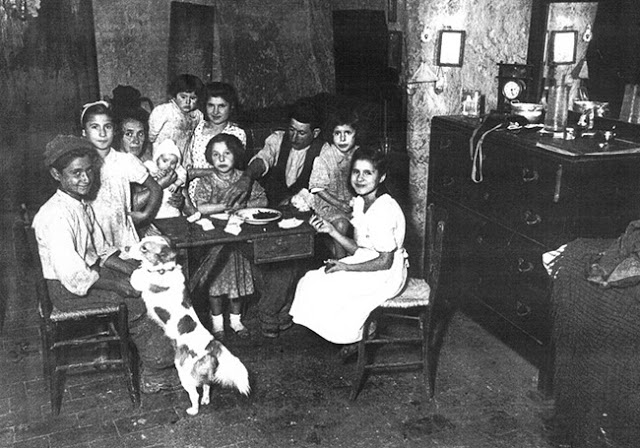 |
| Case Grotte |
Art lovers would do well to check out Musma, a monumentally impressive museum situated within a 16th century rupestrian palace. Alongside its main display of contemporary sculpture, it boasts as part of its permanent collection works by Picasso, Gio’ and Pomodoro. Kids on the other hand will love the model city—Sassi in Miniatura. Far from a tourist trap, this artisan workshop is great for souvenirs, and the model town will give you a good idea of the city’s topography before you set out to see it for yourself.
Tickets for the rupestrian churches cost €6 for all three, €5 for two, and €3 individually. A number of concessions are available for students, groups, and you can purchase them either online or onsite. Tickets for the house caves cost €3 (€2 with concessions) and can be purchased at any one of the four sites. There’s also the option of visiting the vast Murgia Plateau: home to a network of caves dating from the Neolithic to the 9th century. The best way to ensure you make the most of your time in Matera is to contact us and arrange for one of our tailored tours.
Food in Matera
All Italian cuisine is based on fresh produce and simplicity. But Matera’s takes simplicity to the next level with its adherence to cucina povera, peasant cooking. It’s phenomenally good though. Chickpeas, crushed peppers, and fava beans make up the base of many of the city’s staple dishes. Homemade orecchiette (ear-shaped pasta) is immensely popular, while a lighter speciality well worth tying is ciallèdd(ch-ee-al-ed): stale bread soaked in oil, fresh vegetables, and herbs.
Whether it’s before or after your day wandering around the old town, make sure to stop off at Bar Pasticceria Sottozero. It may not look like much from outside, but they serve up arguably the best panzerotti in Basilicata (a fried invention typical of southern Italy, resembling something between a calzone and a savoury turnover, filled with fresh tomato and gooey mozzarella).
For finer dining, you can do no better than Ristorante Francesca. Situated in the heart of the Sasso Caveosodistrict, this small but sleek restaurant is one of many in the quarter that’s been converted from a cave. Where it differs from the others is in its menu; a wide choice of modern takes on Matera classics as well as more traditional meat, pasta, and vegetarian dishes. It turns out that dining in caves is popular though, so you’ll want to book ahead (+39 0835 310443).
Where to stay in Matera
When planning your time in Matera, it’s best to ask yourself what you want from your holiday more generally. The region of Basilicata is relatively underdeveloped in terms of its tourism, so unless you’re thinking of basing yourself in Matera, I’d suggest searching for something along the stunning coastal regions of Puglia and Calabria to the north and south respectively.
Having said that, Basilicata does have a beautiful—if not slightly thin—stretch of coastline to the south, so if you’re really set on the region and looking for some luxury, you’d do well to check out Hotel Santavenere. Matera itself attracts some 600,000 tourists every year, nothing like the number of visitors in, say, Florence or Venice, but enough to make sure it has ample accommodation.
Living like a troglodyte has become bizarrely desirable. If you want an authentic and absolutely minimalist taste of what it was like to live in one of Matera’s sassi, Le Grotte della Civita is for you. It’s a unique experience—stripped of superfluous modern luxuries (TVs, fridges, minibars, showers)—where conservation, rather than preservation, is clearly the order of the day.
They offer breakfast too—an experience in and of itself as everything is locally sourced and traditionally prepared. It’s a little on the pricey side, however, especially compared to most other accommodation in the city. Expect to pay anything between €225 – 400 per room, per night depending on the season.
Slightly cheaper and infinitely more luxurious is the Locanda di San Martino in the Sasso Barisano district, a hotel converted from a former carpenter’s workshop-cum- deconsecrated chapel. Its ornate, tasteful furnishings aren’t its only selling points however; the hotel is also home to one of Matera’s many hidden wonders: an underground Roman thermal bath.
How to get to Matera
If you’re flying nationally or within Europe, your nearest airport is Bari, Puglia, while if you’re flying internationally, your nearest is Naples. Because Matera is landlocked, your only options for getting there are either by train or by car. Trains in the South can be a bit hit and miss though, especially the regional—as opposed to national—service that runs across Basilicata. We’d therefore suggest hiring a private driver as the most comfortable, hassle free way of getting around.
Whether just for a day or for a long weekend, Matera is one of those cities you really must see once in your life. Instantly transportive, it’s a place that, no matter the level of renovation or redevelopment, will forever remain frozen in time in some unidentifiable past. There’s simply nothing quite like it. And given the phenomenal length and depth of Matera’s history, it’s fair to assume that there never will be again.
Written by: Alex Meddings
If you liked this article, you can also read “ITALY’S BEST ISLANDS”
Written by: Alex Meddings
If you liked this article, you can also read “ITALY’S BEST ISLANDS”
